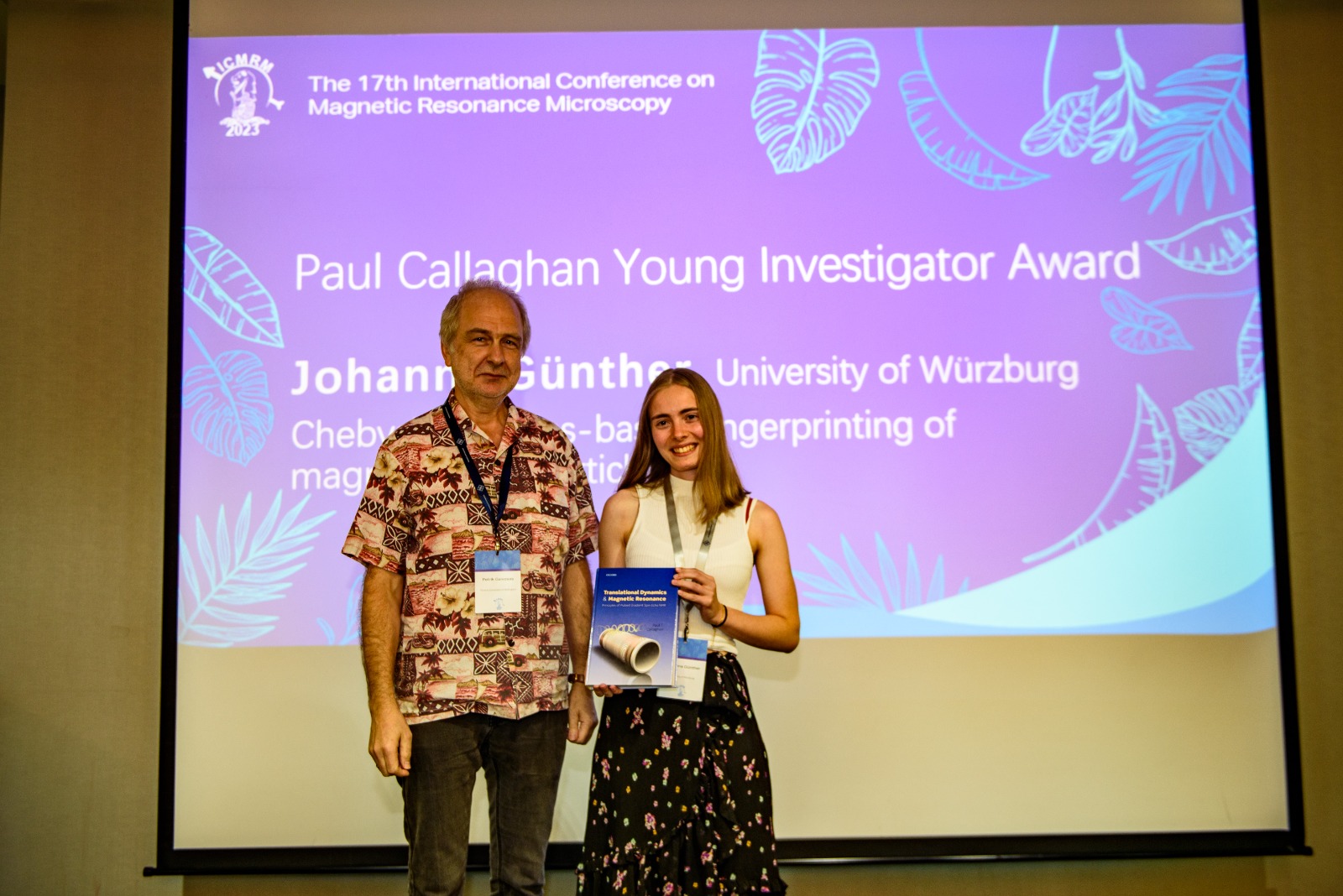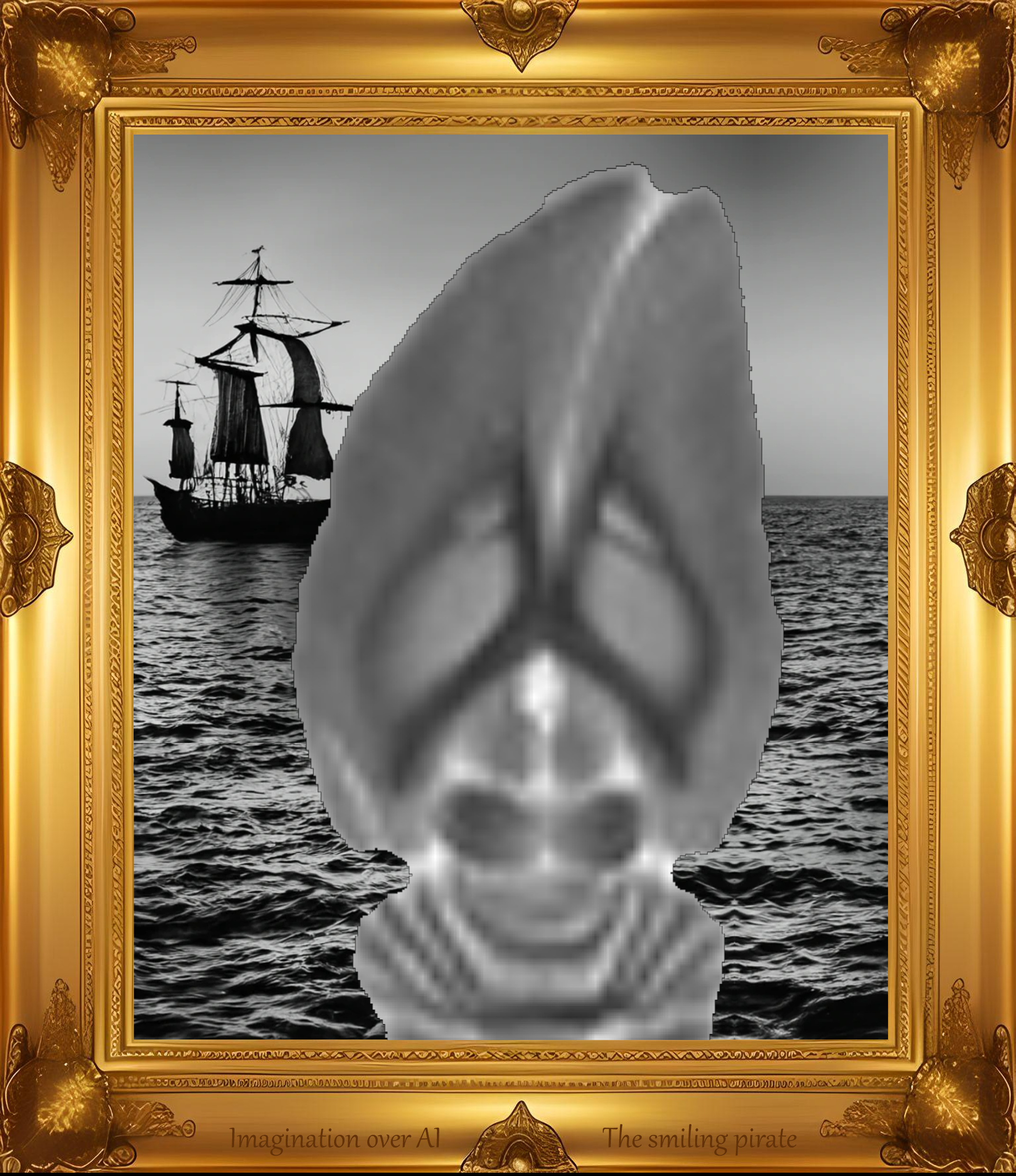
|
|
|
Awards & CompetitionsErwin Hahn Lecturer Award Erwin Louis Hahn (9th June 1921 – 20th September 2016) was an American physicist and Fellow of the American Academy of Arts and Sciences who authored many groundbreaking articles that present major advances in magnetic resonance and optics. He is most well known in the Science community for his contributions in time reversal phenomena, in nuclear quadrupole resonance and in nuclear magnetic resonance for the spin echoes and in optics for self-induced transparency. He was the first to perform pulsed Nuclear magnetic resonance and to record the first Free Induction Decay. Prof. E. Hahn joined the Department of Physics at UC Berkeley as an Assistant Professor in 1955, becoming a full professor in 1961 and then an emeritus in 1991. Being Professor Emeritus at the University of California Berkeley he received in 2016 the Gold Medal from the International Society for Magnetic Resonance in Medicine (ISMRM), the Society’s highest honor, for his creation of pulsed magnetic resonance and processes of signal refocusing which are essential to, and the foundation of, modern day MRI and magnetic resonance. He was an extremely passionate lover of physics, a brilliant mind and remained excited about the wonders of our physical world throughout his life. He was a beloved mentor to young students who benefited from his experience and presence in the laboratory.
Paul Callaghan Young Investigator Award Competition Winner for 2023: Johanna Günther (University of Würzburg)
Introduction Sir Paul Terence Callaghan (19th August 1947 – 24th March 2012) was a New Zealand physicist and Fellow of the Royal Society who authored over 230 journal articles that present major advances in NMR methodologies for the study of molecular dynamics and molecular organization in complex fluids, soft matter and porous materials. He is most well known in the ICMRM community for his contributions in Rheo-NMR, diffusion of molecules in porous media, and development of NMR techniques that utilise the earth's magnetic field. As the founding director of the MacDiarmid Institute for Advanced Materials and Nanotechnology at Victoria University of Wellington, he held the position of Alan MacDiarmid Professor of Physical Sciences. He was also an outstanding and beloved mentor to young investigators in the ICMRM community. He was involved with the ICMRM conference through organization and participation from the very beginning in 1991 until his last attendance in China, 2011. He placed a high priority on attending the Young Investigator section at the meeting, and could be relied on to engage with all the finalists in the Young Investigator competition through thought provoking questions and follow-up discussion. In 2013, the Young Investigator Award was renamed the 'Paul Callaghan Young Investigator Award' in honour of his commitment to mentoring young investigators. How to participate Young investigators (age < 35 years, no permanent position) are encouraged to contribute papers. A jury will select up to five to present their work in a plenary session. The best presentation will receive the "Paul-Callaghan-Award" during the conference dinner. Please refer to the Abstract Submission page to submit a 2-page Abstract and a 1-page Abstract. If the submitted work is not accepted for a Young Investigator Award presentation it may still be accepted as a regular oral presentation (based on the 1-page Abstract).
Poster Competition Winner for 2023: Emanuel Bertizzolo (The University of Western Australia)
The posters of young scientists will be judged by a jury. The best presenter/poster will be announced and receive an award at the conference dinner.
Image Beauty Competition Winner for 2023: Maxime Yon (Lund University)
Introduction It was initiated by Yang Xia (Oakland Univerity) in 2007. We all have those moments in the lab where nothing seems to be working. We just get some odd-looking images from our experiments – full of artifacts – that is our jargon. If you have not yet had one of these moments, you have not pushed your machine hard enough. Or occasionally, we need to generate some pretty looking images, to be used to impress potential students or visitors. So, one way or another, we all have these images that we do not know what to do with them. This contest is your chance to show off these images that otherwise would never see the light (i.e., be published). Actually getting a nice-looking image is not easy. It needs a deep understanding of NMR imaging, both in theory and in practice. It needs an appreciation of art. It also needs the personal character of a perfectionist. Since this is a beauty contest, beauty has to be the most important criteria. In our language, the SNR matters; the resolution matters; the image contrast matters; and artifact and distortion matters. Most of all, the overall artistic impression matters. In a way, if you think that your image is worth being framed and hanged on the wall of someone's living room, you have a wining entry. Entries are made anonymously at the ICMRM conference. A list of previous winners can be found here. How to participate Please bring along your entries, which can be submitted as printouts or electronically at the conference registration desk. Anything will be accepted: artistic, beautiful, artefact, perfect or ugly. Feel free to submit multiple entries. The winners will also be announced during the conference dinner and will receive a prize. Ukraine Travel Awards The committee of the Spatially Resolved Magnetic Resonance division would like to offer two travel scholarships of up to 2500 euros each for students in Ukraine. Please contact the conference organisers at icmrm2023@sciencesconf.org for further information. |




